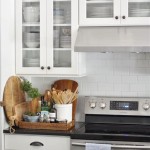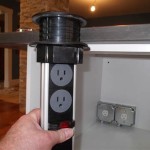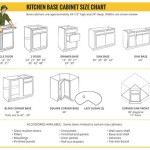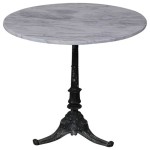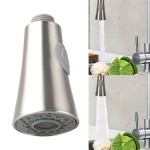Standard Height for Upper Kitchen Cabinets: Essential Considerations
When designing a functional and ergonomically sound kitchen, determining the appropriate height for upper kitchen cabinets is crucial. The standard height for upper cabinets plays a significant role in ensuring comfortable reach, visibility, and overall kitchen efficiency. Understanding the standard dimensions and factors influencing cabinet height will help you create a kitchen that meets your specific needs and preferences.
Standard Height for Upper Cabinets
The standard height for upper kitchen cabinets is typically between 18 and 24 inches (45.72 to 60.96 centimeters) above the countertop. This range allows for ample headroom and comfortable reach for most individuals.
The optimal height for upper cabinets depends on several factors, including:
- Ceiling Height: In kitchens with higher ceilings, upper cabinets can be placed higher to maximize storage space without compromising reach.
- Countertop Thickness: Thicker countertops require taller cabinet heights to maintain a comfortable standing height.
- Personal Height and Reach: Individuals with taller or shorter statures may need adjusted cabinet heights to ensure accessibility and ergonomic functionality.
- Kitchen Layout: The location of adjacent appliances, such as refrigerators and ovens, can influence the placement and height of upper cabinets.
Additional Considerations
Beyond the standard height, consider these additional factors when determining the ideal height for your upper kitchen cabinets:
- Visibility: Ensure that the contents of upper cabinets are easily visible and accessible. Cabinets placed too high may obstruct visibility or require step stools.
- Accessibility: Upper cabinets should be within reach without excessive stretching or straining. Individuals with limited mobility may require lower cabinet heights.
- Wall Space: The height of upper cabinets should align with the available wall space while considering the presence of windows, doors, and light fixtures.
- Aesthetic Balance: The height of upper cabinets should complement the overall kitchen design and create a visually balanced and harmonious space.
Exceptions to Standard Height
In certain cases, it may be necessary to deviate from the standard height for upper kitchen cabinets. For example:
- Tall Individuals: Individuals over 6 feet tall may prefer higher cabinets to avoid stooping or bending.
- Kitchens with Vaulted Ceilings: Kitchens with vaulted ceilings may require taller upper cabinets to fill the empty space and maintain proportion.
- Specialty Storage: Cabinets designed for specific storage purposes, such as wine refrigerators or microwave ovens, may have different height requirements.
Conclusion
Determining the appropriate height for upper kitchen cabinets is essential for creating a functional, comfortable, and aesthetically pleasing kitchen. By understanding the standard height, considering the factors influencing cabinet height, and addressing any necessary exceptions, you can achieve the optimal cabinet height for your specific kitchen and needs.

Cabinet Countertop Clearance To Be Mindful Of When Considering Wall Cabinets

Height Between Upper Cabinets And Counters Kitchen Elevation

Standard Upper Cabinet Height Bulacanliving

Kitchen Cabinet Sizes What Are Standard Dimensions Of Cabinets
How High Should Kitchen Cabinets Be From The Countertop Quora
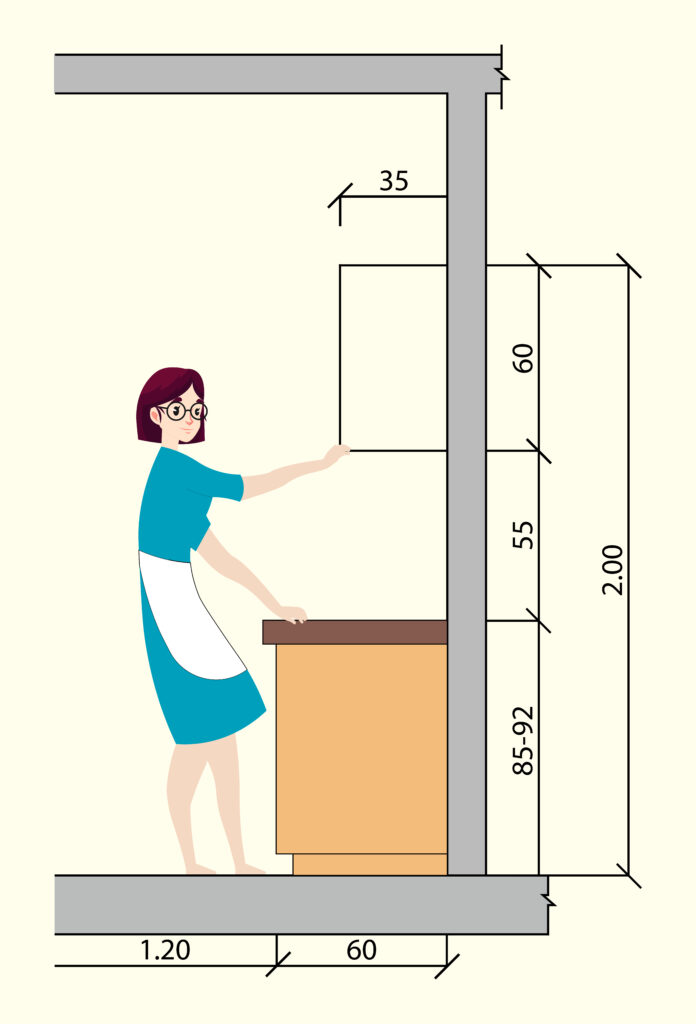
Know Standard Height Of Kitchen Cabinet Before Installing It

How High Upper Cabinets Should Be From Your Floor And Countertop

How High Should Be Your Upper Kitchen Cabinets

Pin On Kitchens

3 Types Of Kitchen Cabinets Size Dimensions Guide Guilin
Related Posts

